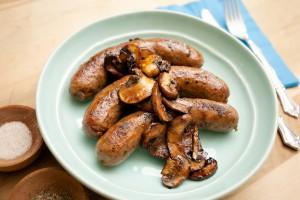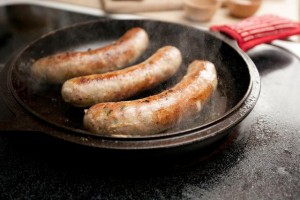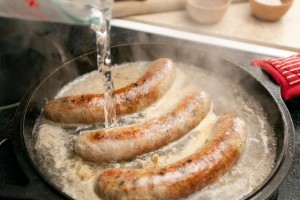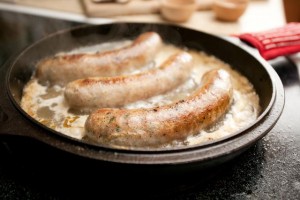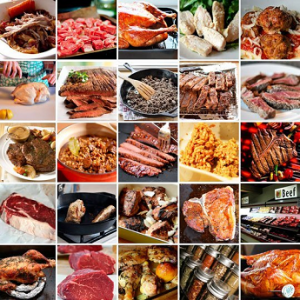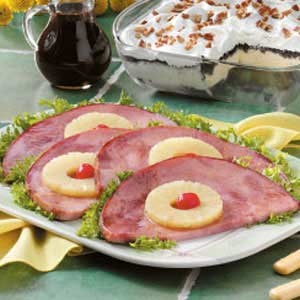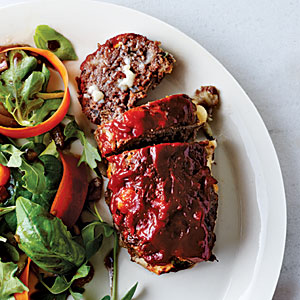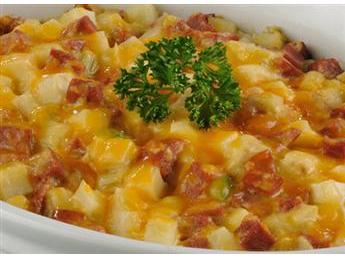The Facts About The Importance Of Meat In Nutrition
Meat products belong to one of the six major food groups. Poultry, pork, red meat, game and fish all provide the body with essential nutrients, minerals and vitamins in order for it to remain healthy.
Recently, however, there has been public controversy concerning just how healthy eating meat on a daily basis really is, especially red meat.
It’s argued the consumption of red meat directly links to heart disease and even cancer. Meanwhile, fears have grown about the amount of fat in all meats, particularly saturated fat.
So, what are the facts?
Minerals
Meat has a very high mineral content including body essentials like magnesium, zinc and iron.
Magnesium is important for bone strength as it improves vitamin D synthesis as well as help decrease net acid production. It’s thought the consumption of magnesium through diet could assist in preventing osteoporosis.
Zinc is vital for the body’s immune system and is essential for muscle growth and repair.
Most importantly, iron helps to maintain energy levels as well as maximize oxygen transport throughout the body. If there isn’t enough iron being consumed people run the risk of developing anemia and fatigue. Red meat and turkey are particularly iron rich.
Protein
Meat is an excellent source of protein, which is essential for any healthy diet. It helps build and repair muscle as well as help maintain healthy hair, bones, skin and blood.
Due to its High Biological Value (HBV), protein obtained from meat is easily digested and thus absorbed quickly and effectively by the body.
Red meat, chicken and turkey are extremely high in protein.
Vitamins
Vitamins are vital in maintaining a healthy body. Meat is a particularly good source of vitamin E and B vitamins including B2, B6 and B12.
Vitamin E has very strong antioxidant properties and helps reduce damage caused by oxygen to cells thus allowing faster muscle repair and recovery.
B vitamins all work together to help convert food into energy but they also have individual uses. B2 is essential for the manufacture of red blood cells, which then transport the oxygen around the body. B6 is vital for protein synthesis and B12 is imperative for good nerve functions.
Other Benefits
Minerals, protein and vitamins aside, meats, especially fish, provide the body with essential unsaturated fats like Omega-3 fatty acids.
Omega-3 can actually help reduce cholesterol levels, blood pressure and the risk of developing cardiovascular diseases.
What To Watch Out For
Unfortunately, meat can be high in saturated fats. Lamb, pork, beef and duck are considered the worst culprits.
Too many sat fats can actually increase the risk of cardiovascular disease and high cholesterol.
However, when choosing which meat to buy, opt for lean cuts like roast joints, skinless chicken breasts,turkey and extra lean steaks and trim any excess fat before cooking.
In essence, meat should be consumed as part of a healthy diet particularly for athletes.
While the benefits of meat seem to outweigh the negatives, it’s important to moderate the daily intake, as too much could potentially have harmful consequences.
According to the American Heart Association, the daily consumption of meat should be limited to 6oz.
(source)



